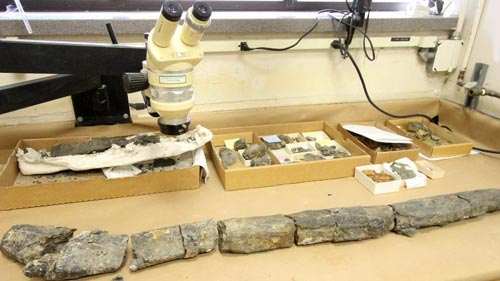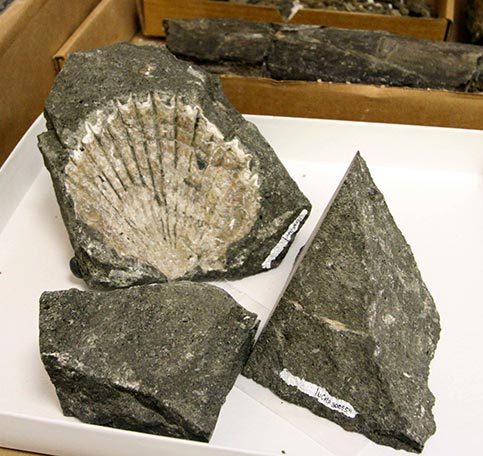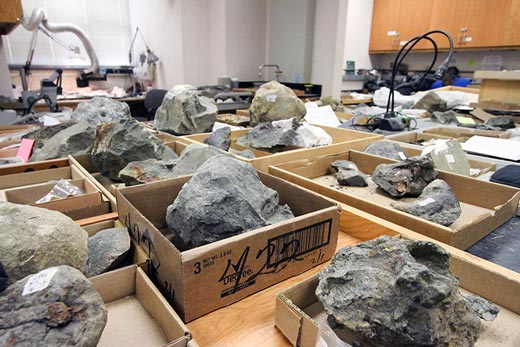Miocene Fossil Treasure Trove at Californian Dam Site
Construction workers building a new dam on the Calaveras reservoir in California have uncovered a treasure trove of more than 1,500 fossils that depict marine life in the Miocene Epoch. The fossils include numerous whale skulls, around twenty in total, University of California Berkeley scientists supervising the preservation of the 20 to 15 million-year-old specimens are confident that the material found to date represents at least one new species of Baleen whale.
Miocene Fossil Treasure Trove
The large Calaveras reservoir lies to the north-east of the city of San Jose in the “Golden State”, the original dam was constructed in 1925, but concerns over the risk of earthquakes has led to the commencement of a second dam several hundred metres downstream. The first fossils were found in 2013 and brought to the attention of the University.
The fossilised remains include whales, sharks, such as Megalodon teeth, ancient seals, other vertebrates and a wealth of invertebrate fossils including gastropods, bivalves and crustaceans. In addition, the distinctive fossil teeth of a Desmostylus have been found. The Desmostylians are an extinct Order of hippo-like, prehistoric mammals that are distantly related to today’s sea cows.
Part of the Skull of an Ancient Baleen Whale from the Calaveras Reservoir Site
Picture Credit: University of California Berkeley/Sara Yogi
A Miocene Coastal Palaeofauna
The discovery of preserved palm fronds and pine cones in the marine sediments suggest that the coastline was close by. Desmostylus is believed to have favoured freshwater or estuarine environments, the Desmostylus fossil teeth found at the construction site adds further weight to the idea that the strata were laid down in shallow water close to land.
Commenting on the significance of the fossils, Cristina Robins, a senior scientist at the Museum of Palaeontology (University of California, Berkeley) and the person responsible for cataloguing all the fossil finds stated:
“Fossils are found all the time in the Bay Area, but the concentration of unique and varied specimens is what makes this special.”
Numerous Invertebrate Fossils Have Been Found
Picture Credit: University of California Berkeley/Sara Yogi
Providing Public Access to an Important Fossil Collection
University of California Berkeley laboratory staff are being assisted by graduate and undergraduate students. The work of cleaning, identifying and labelling all the fossils is quite laborious, but eventually, the scientists hope to make all the fossil material digitally available via the University’s website.
A spokesperson from Everything Dinosaur commented:
“It is very likely that a number of new species might be identified from this fossil deposit. This collection is helping palaeontologists to piece together an ancient environment, a lush tropical coastal ecosystem dominated by large, prehistoric mammals with an exotic marine fauna consisting of several different types of cetacean, some of which may have the prey of the giant shark Megalodon”.
So Many Fossils Have Been Found that an Entire Research Laboratory has been Taken Over
Picture Credit: University of California Berkeley/Sara Yogi
Ironically, the word “Calaveras” is Spanish for skulls, considering the amount of whale skull material found at the site, this is a very appropriate name for the dam and the reservoir.









Could someone please identify the fossilized shell whose picture is featured in this article (University of California Berkeley Researchers Have a “Whale” of a Time).
It is a pectinid (scallop), possibly of the genus Lyropecten, for an exact taxonomic classification we suggest you contact UCMP at Berkeley.